Martine Franck comes under the spotlight at Fondation Henri Cartier-Bresson
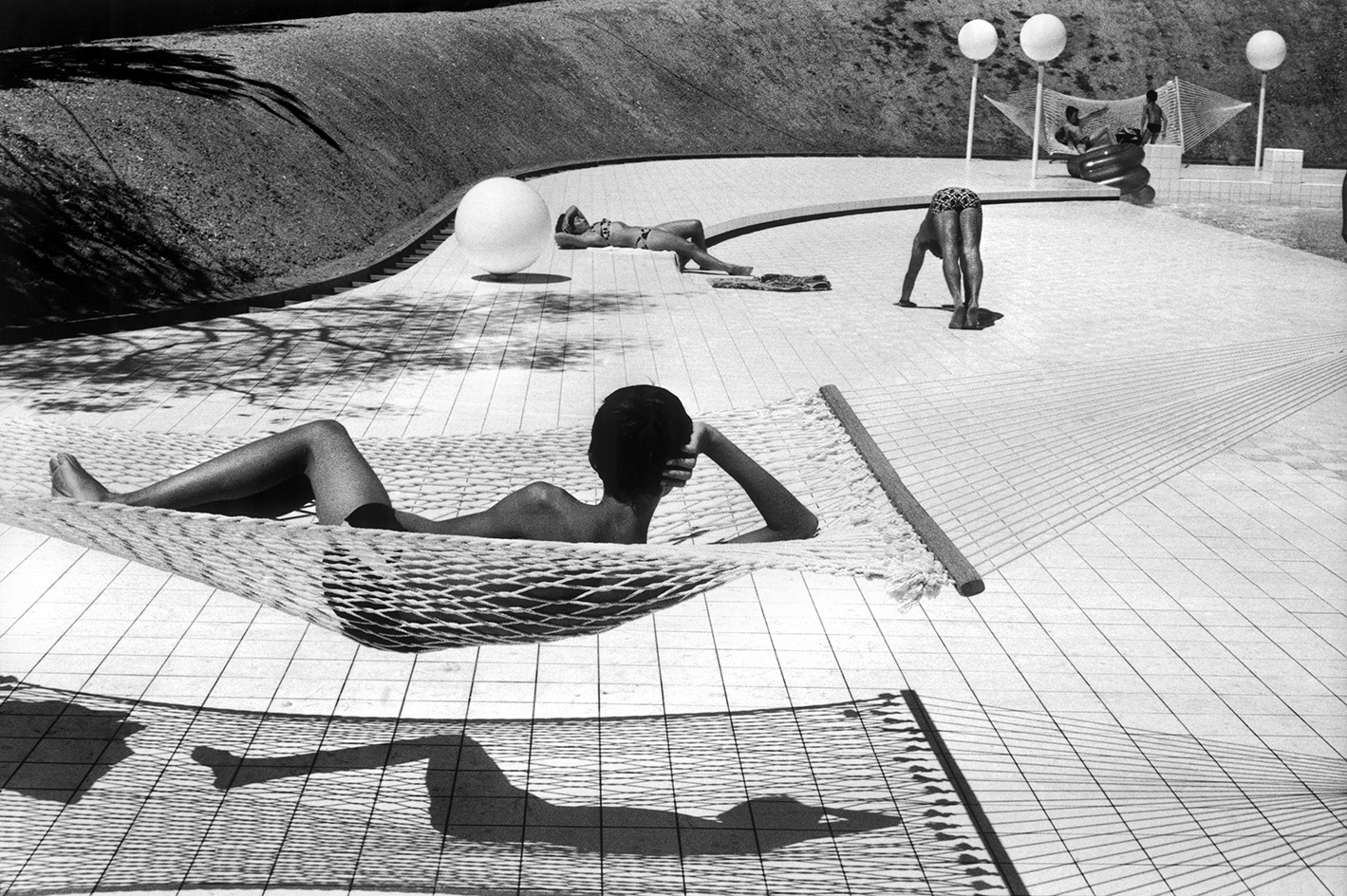
Agnès Sire, the artist director of Fondation Henri-Cartier Bresson, worked with Martine Franck before the photographer’s death in 2012 to select the images for a retrospective at the Paris foundation’s new home in Le Marais. ‘I don’t think she ever thought that we would open the new foundation with her work, she was very modest,’ says Sire.
The survey gives a taste of the many strands of photography that Franck pursued during her career, including documentary reportage, portraiture, landscapes and travel. Contained within the archives at the foundation, her work – along with that of her husband Henri Cartier-Bresson – is now available to scholars, researchers and visitors in a magnificent building restored by Novo Architects.
Born in Antwerp, Franck grew up in the US and England, later studying art history at the University of Madrid and École du Louvre in Paris. Photography began by chance after her cousin lent her his Leica to take with her on her extensive journeys through Asia. Upon her return to Paris in 1964, she became a photographic assistant at Time-Life and her career took off. She was a founding member of Viva agency and later joined Magnum Photos – one of the few women to be accepted in the agency.
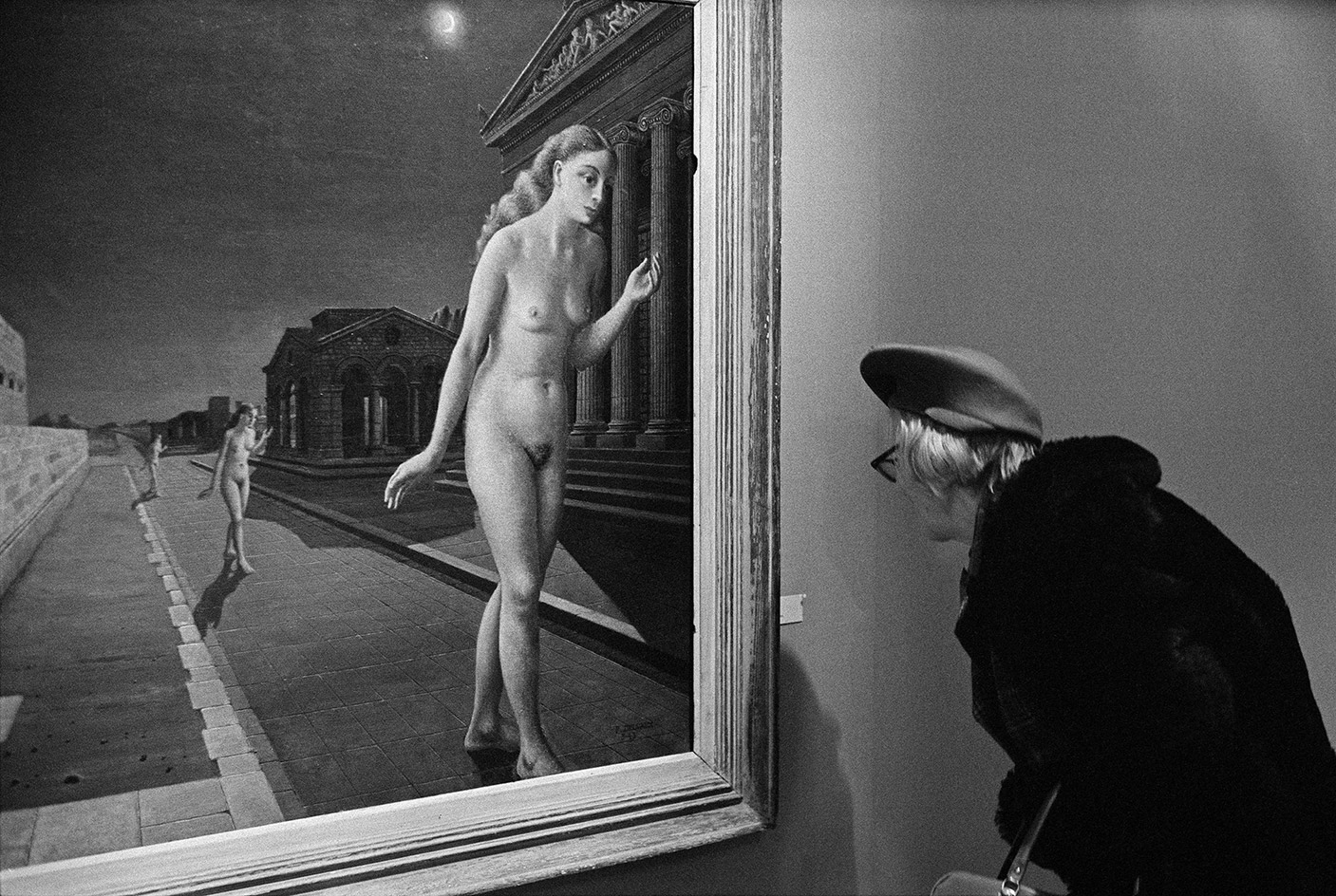
Le pèlerinage de San Isidro, Musée du Prado, Madrid, 1993, by Martine Franck.
Describing her relationship with photography, Franck once mused: ‘I feel concerned at what is happening in the world, and involved in what surrounds me, I do not wish merely to “document”. I want to know why a certain thing bothers me or attracts me, and how a situation can affect the person involved. I am not looking to create a situation and I never work in a studio. Instead, I try to understand, to grasp reality. In photography, I have found a language that suits me.’
Franck was not only deeply curious about the many aspects of humanity, but also expert at finding new dimensions in the tension between figuration and abstraction, light and shadow. Her work is subtle, informed and immaculate. A master of composition, she delighted in achieving layers of depth in her shots, using naturally occurring patterns in the background that lead the eye through the image to one or several focal points.
As we discuss Franck’s work in the new exhibition space at 79 rue des Archives, foundation director François Hébel describes Franck as an almost accidental photographer who simply used a camera to follow her curiosity and find her voice. I can’t help but suspect that this comment, rather like the photographer, is charmingly understated.
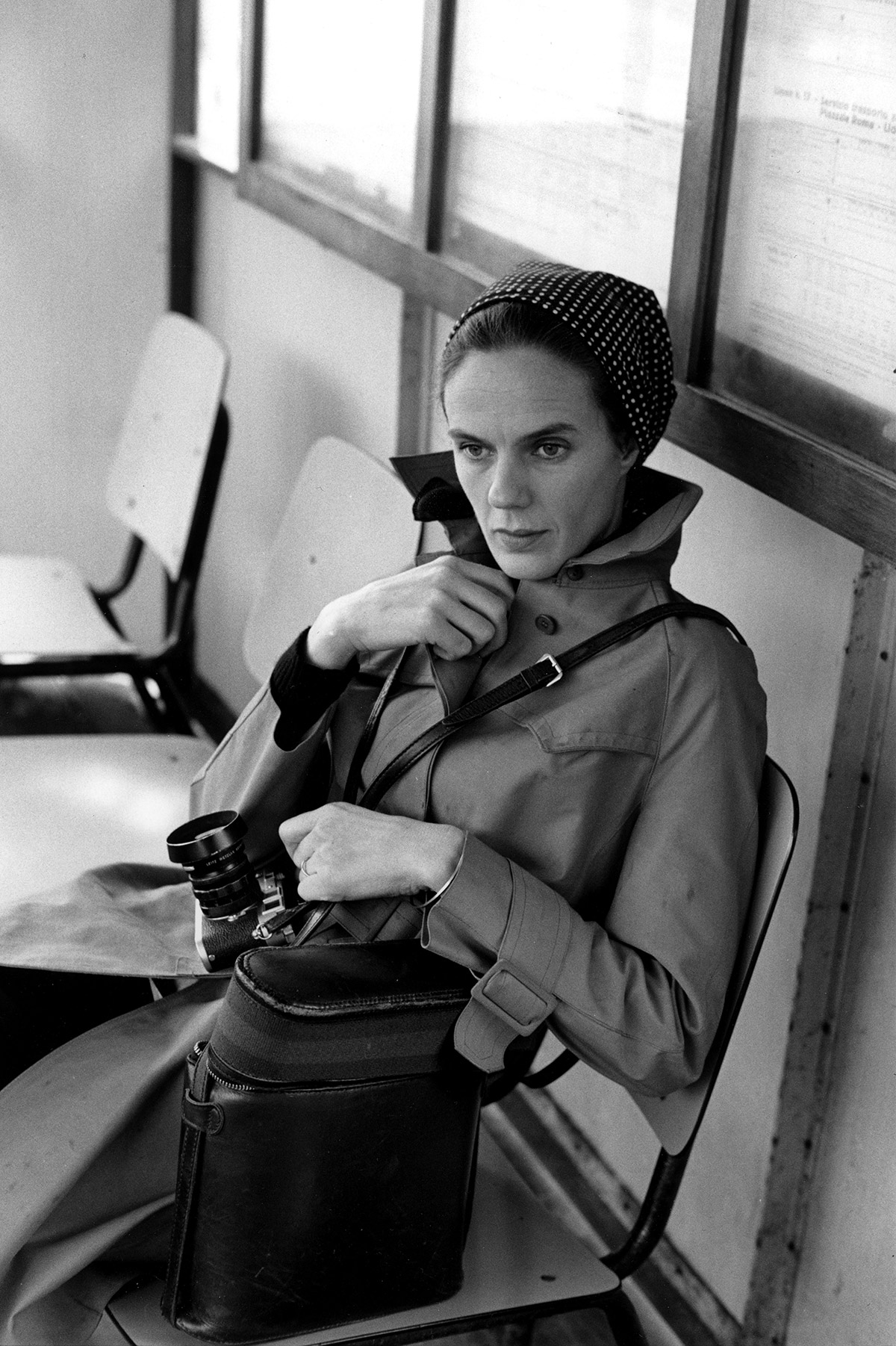
Martine Franck photographiée par Henri Cartier-Bresson, Venise, Italie, 1972, by Henri Cartier-Bresson.
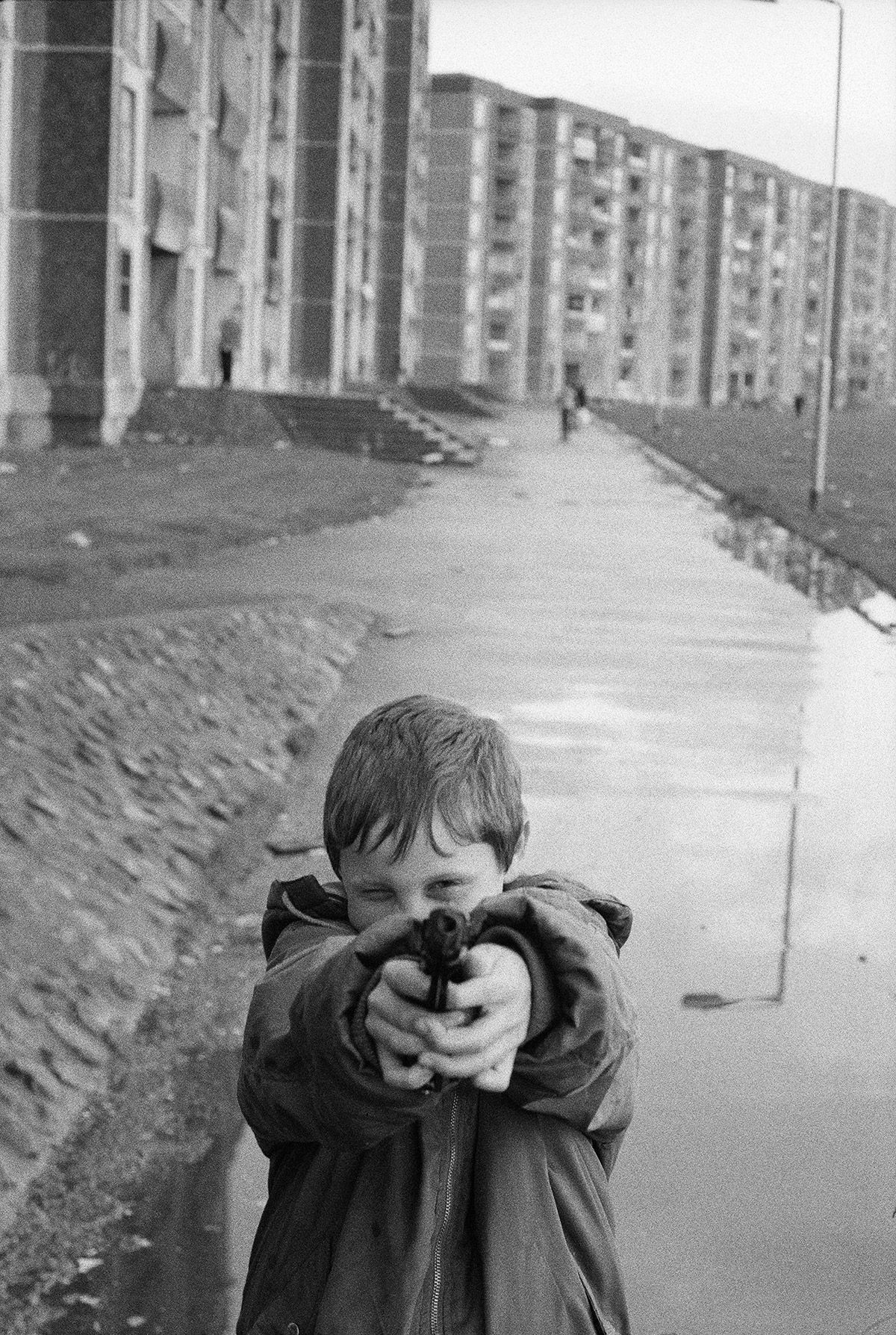
Ballymun, quartier nord de Dublin, Irlande, 1993, by Martine Franck.
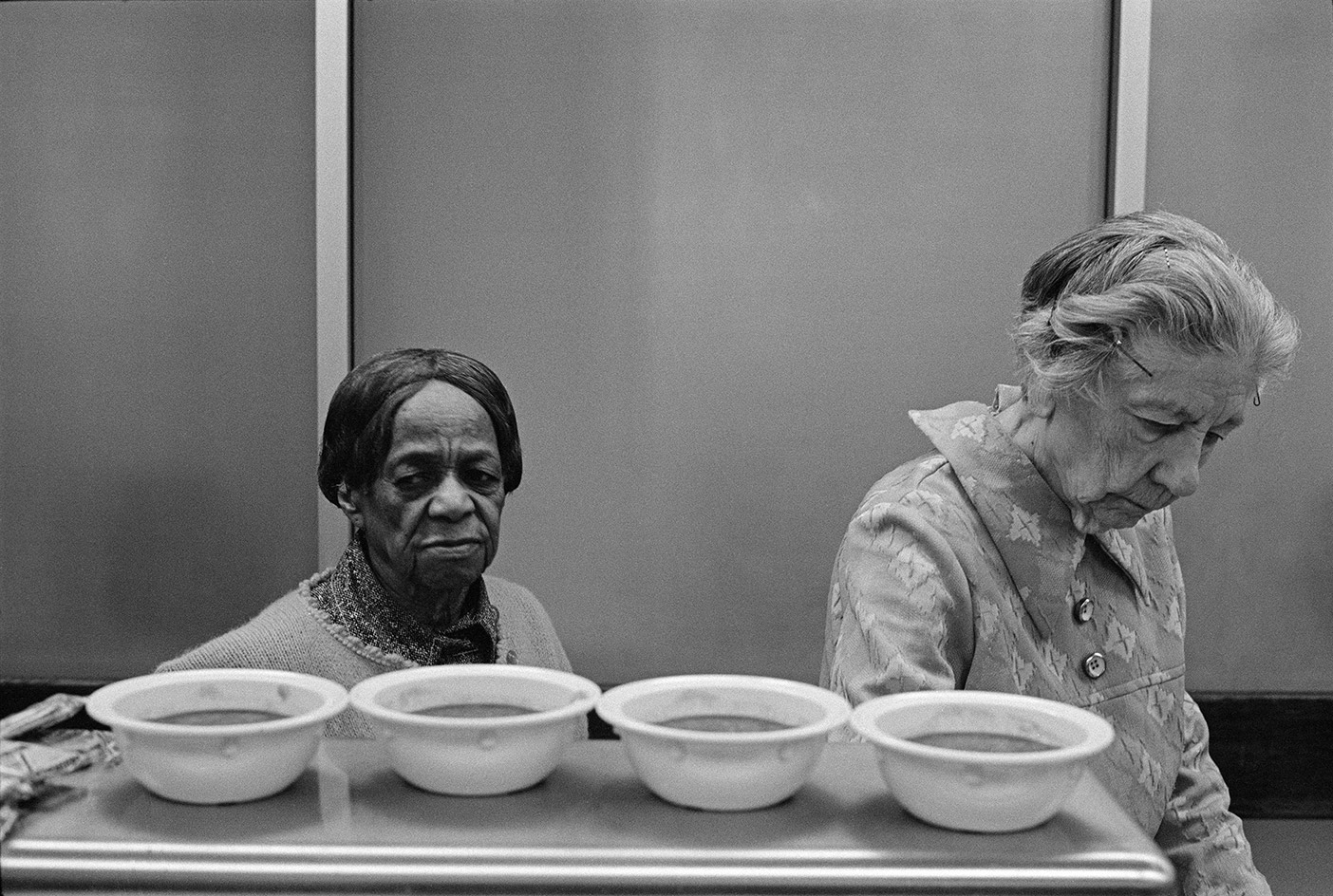
Foyer de l’Armée du Salut, New York, 1979, by Martine Franck.
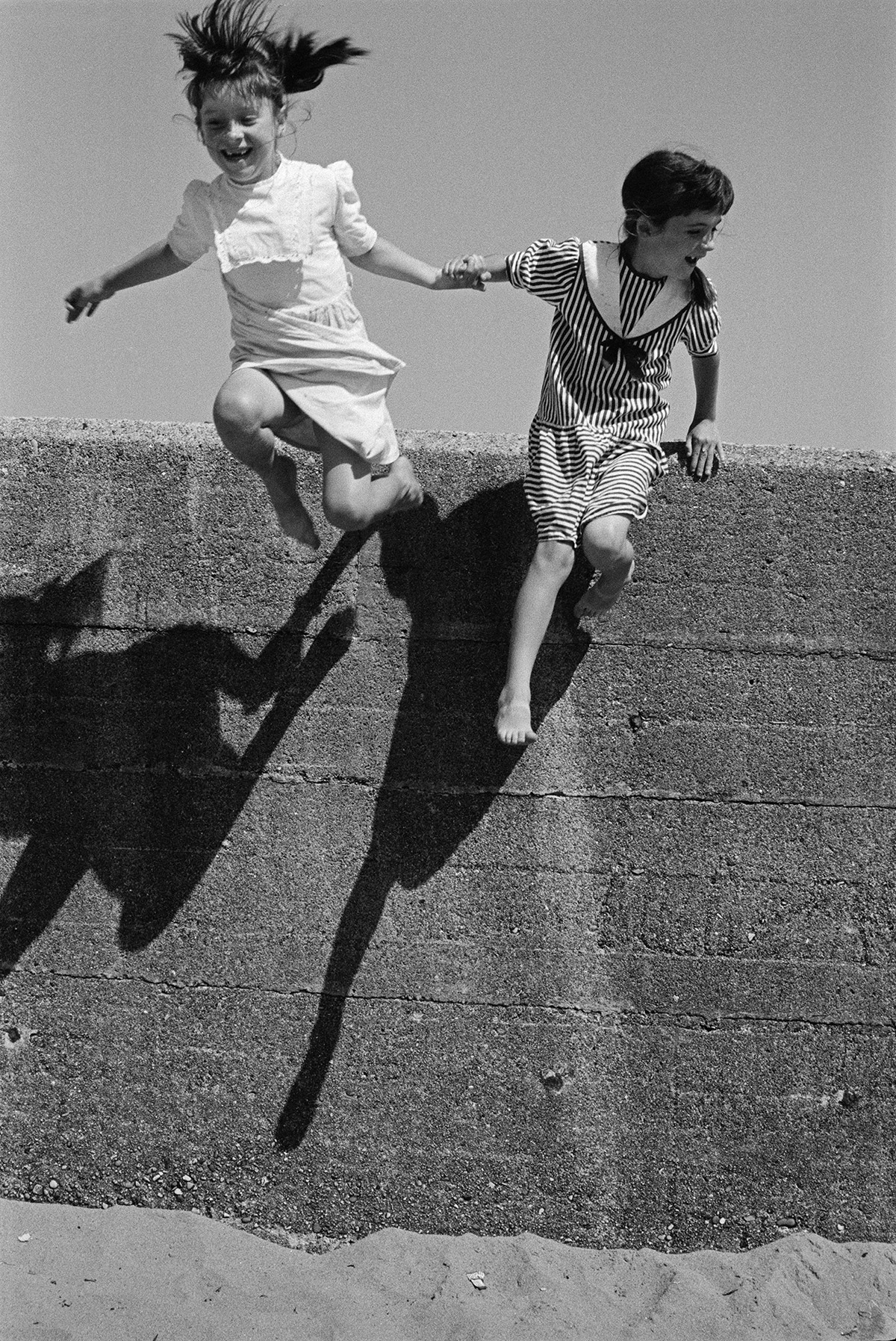
Tory Island, Comté de Donegal, Irlande, 1995, by Martine Franck.
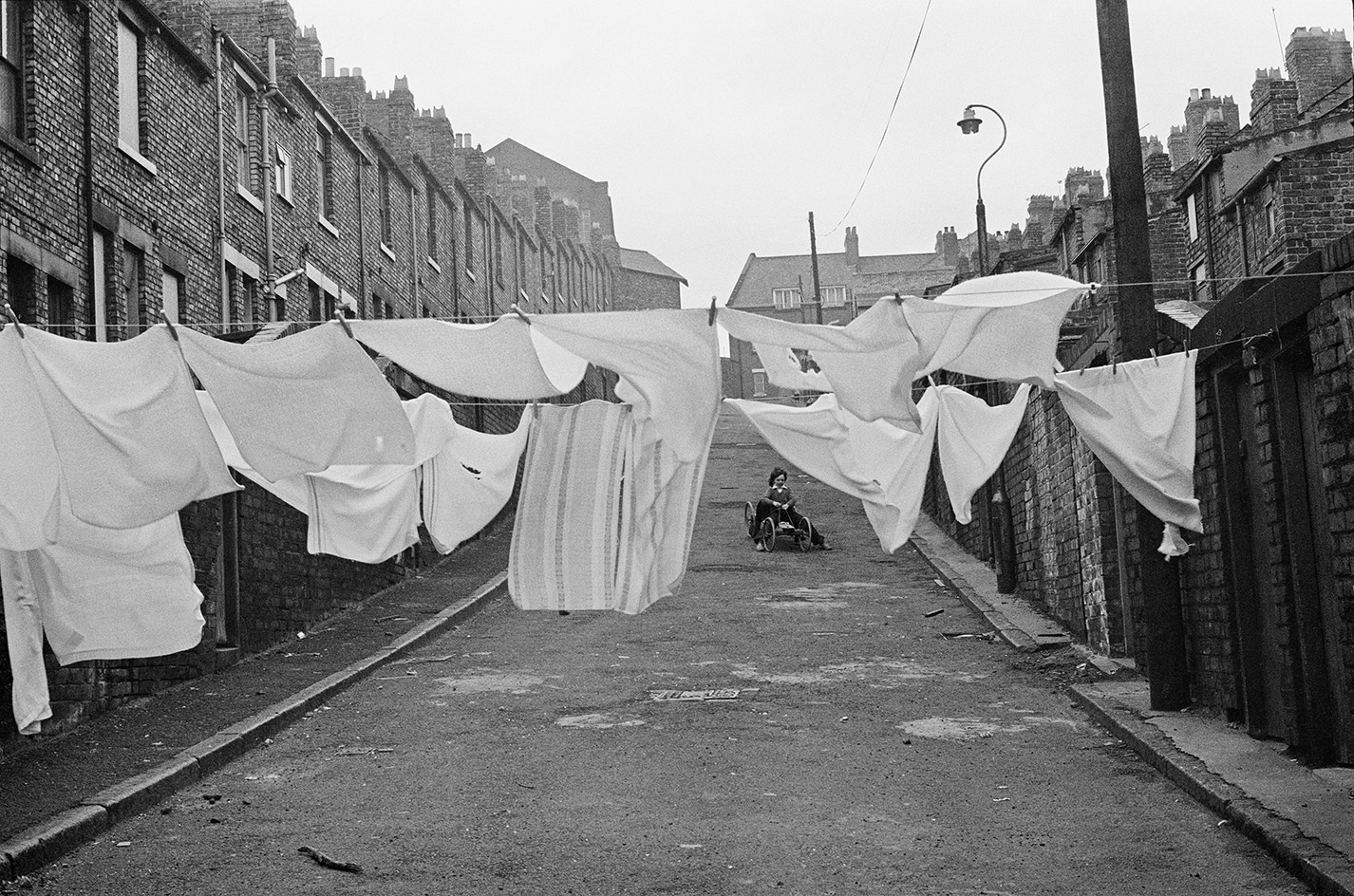
Quartier de Byker, Newcastle upon Tyne, Royaume-Uni, 1977, by Martine Franck.
INFORMATION
‘Martine Franck – A Retrospective’ is on view until 6 February 2019. The exhibition will be shown at the Musée d l’Elysée in Lausanne between 20 February – 5 May 2019, and at the FotoMuseum in Antwerp between 28 June – 6 October 2019. For more information, visit the Fondation Henri Cartier-Bresson website
ADDRESS
Fondation Henri Cartier-Bresson
79 rue des Archives
75003 Paris
Wallpaper* Newsletter
Receive our daily digest of inspiration, escapism and design stories from around the world direct to your inbox.
-
 Nikos Koulis brings a cool wearability to high jewellery
Nikos Koulis brings a cool wearability to high jewelleryNikos Koulis experiments with unusual diamond cuts and modern materials in a new collection, ‘Wish’
By Hannah Silver
-
 A Xingfa cement factory’s reimagining breathes new life into an abandoned industrial site
A Xingfa cement factory’s reimagining breathes new life into an abandoned industrial siteWe tour the Xingfa cement factory in China, where a redesign by landscape specialist SWA Group completely transforms an old industrial site into a lush park
By Daven Wu
-
 Put these emerging artists on your radar
Put these emerging artists on your radarThis crop of six new talents is poised to shake up the art world. Get to know them now
By Tianna Williams
-
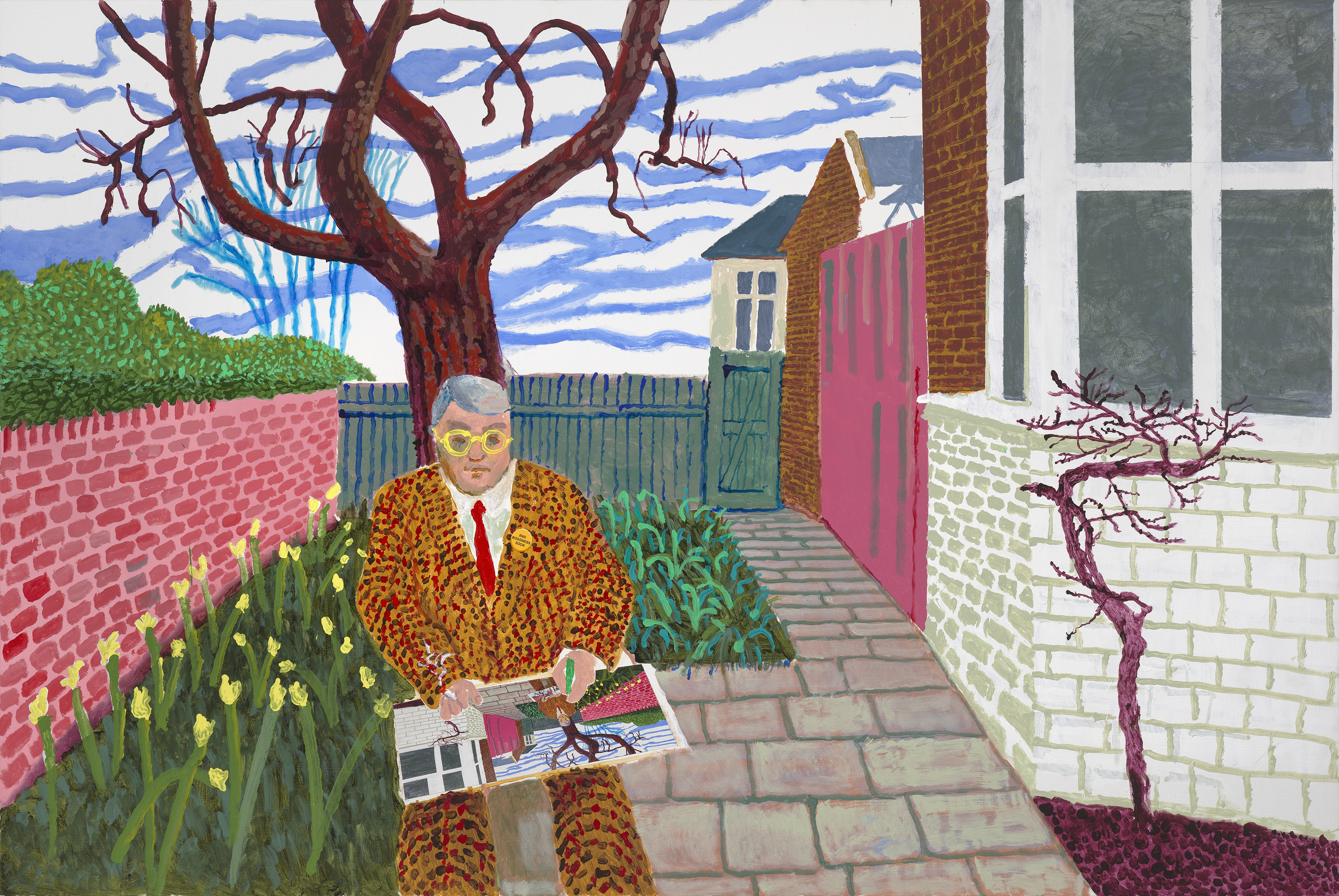 ‘David Hockney 25’: inside the artist’s blockbuster Paris show
‘David Hockney 25’: inside the artist’s blockbuster Paris show‘David Hockney 25’ has opened at Fondation Louis Vuitton in Paris. Wallpaper’s Hannah Silver took a tour of the colossal, colourful show
By Hannah Silver
-
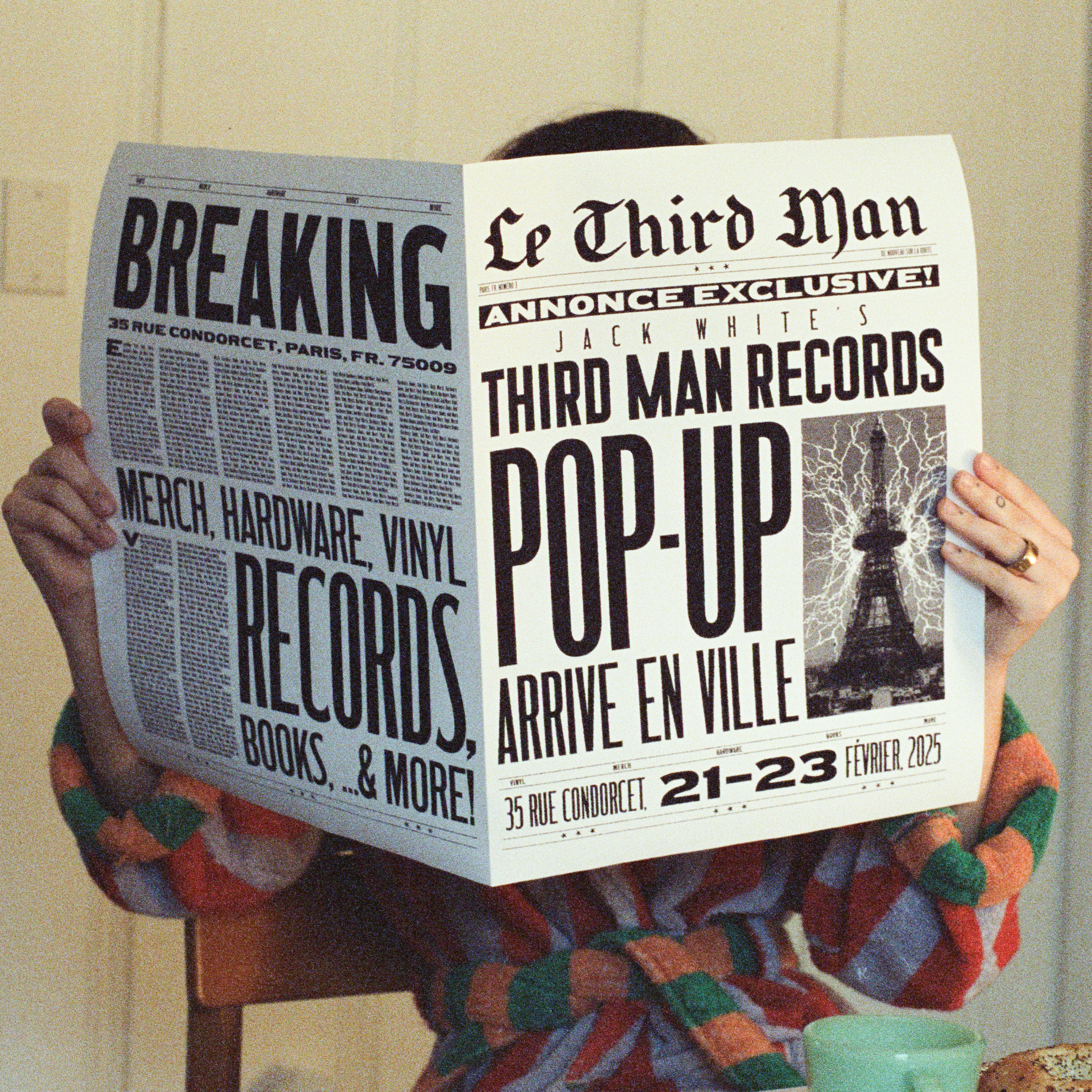 Jack White's Third Man Records opens a Paris pop-up
Jack White's Third Man Records opens a Paris pop-upJack White's immaculately-branded record store will set up shop in the 9th arrondissement this weekend
By Charlotte Gunn
-
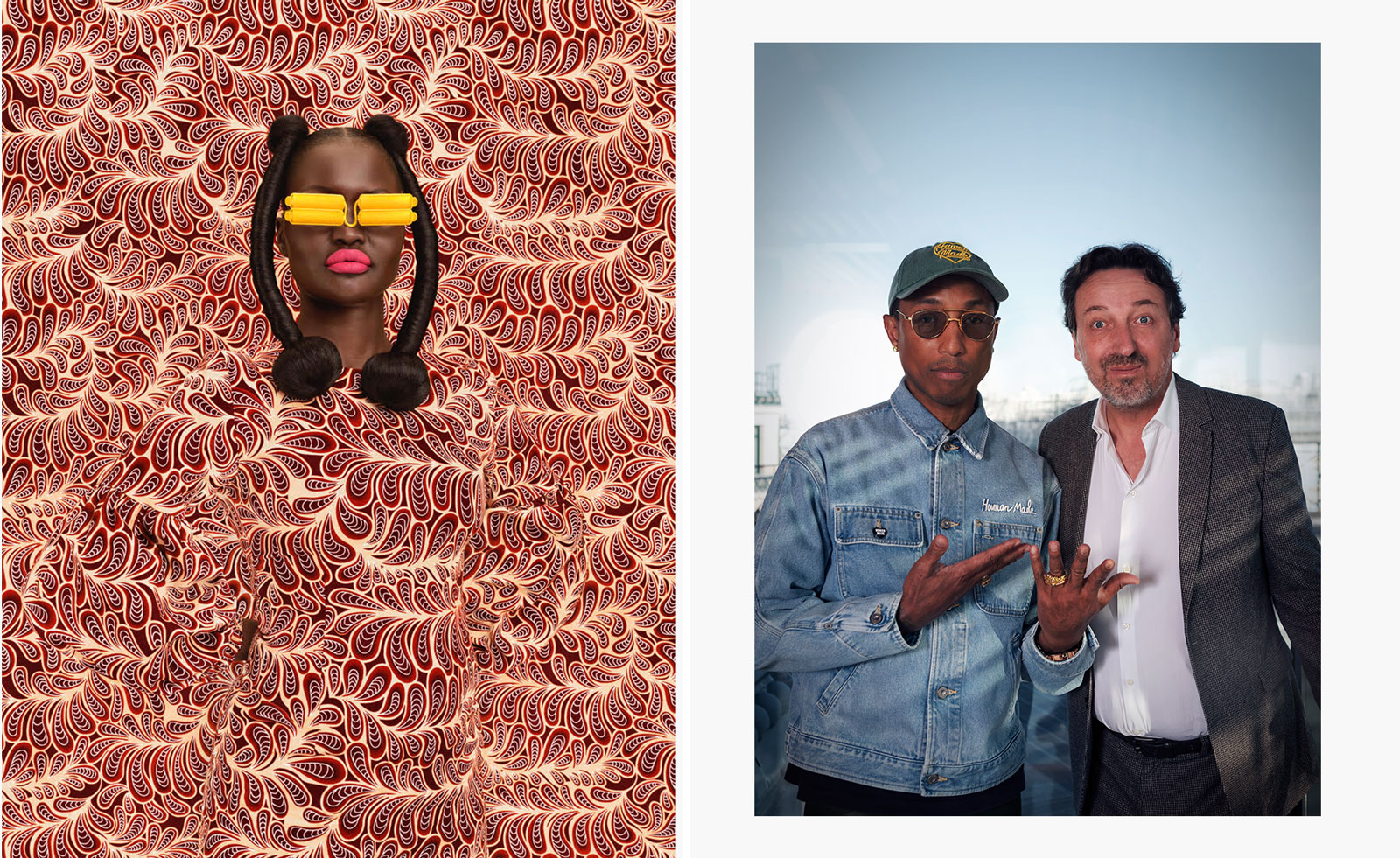 ‘The Black woman endures a gravity unlike any other’: Pharrell Williams explores diverse interpretations of femininity in Paris
‘The Black woman endures a gravity unlike any other’: Pharrell Williams explores diverse interpretations of femininity in ParisPharrell Williams returns to Perrotin gallery in Paris with a new group show which serves as an homage to Black women
By Amy Serafin
-
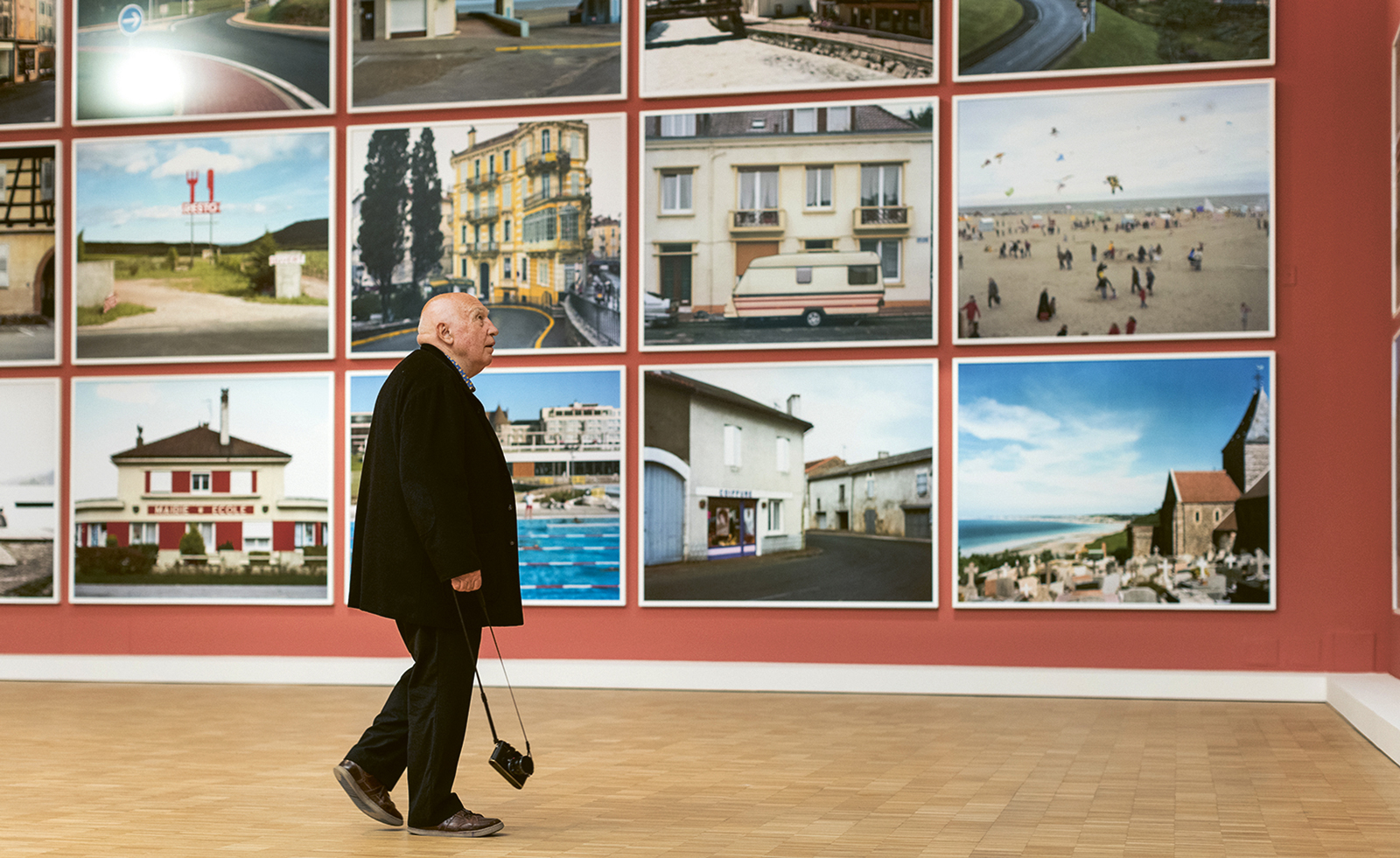 What makes fashion and art such good bedfellows?
What makes fashion and art such good bedfellows?There has always been a symbiosis between fashion and the art world. Here, we look at what makes the relationship such a successful one
By Amah-Rose Abrams
-
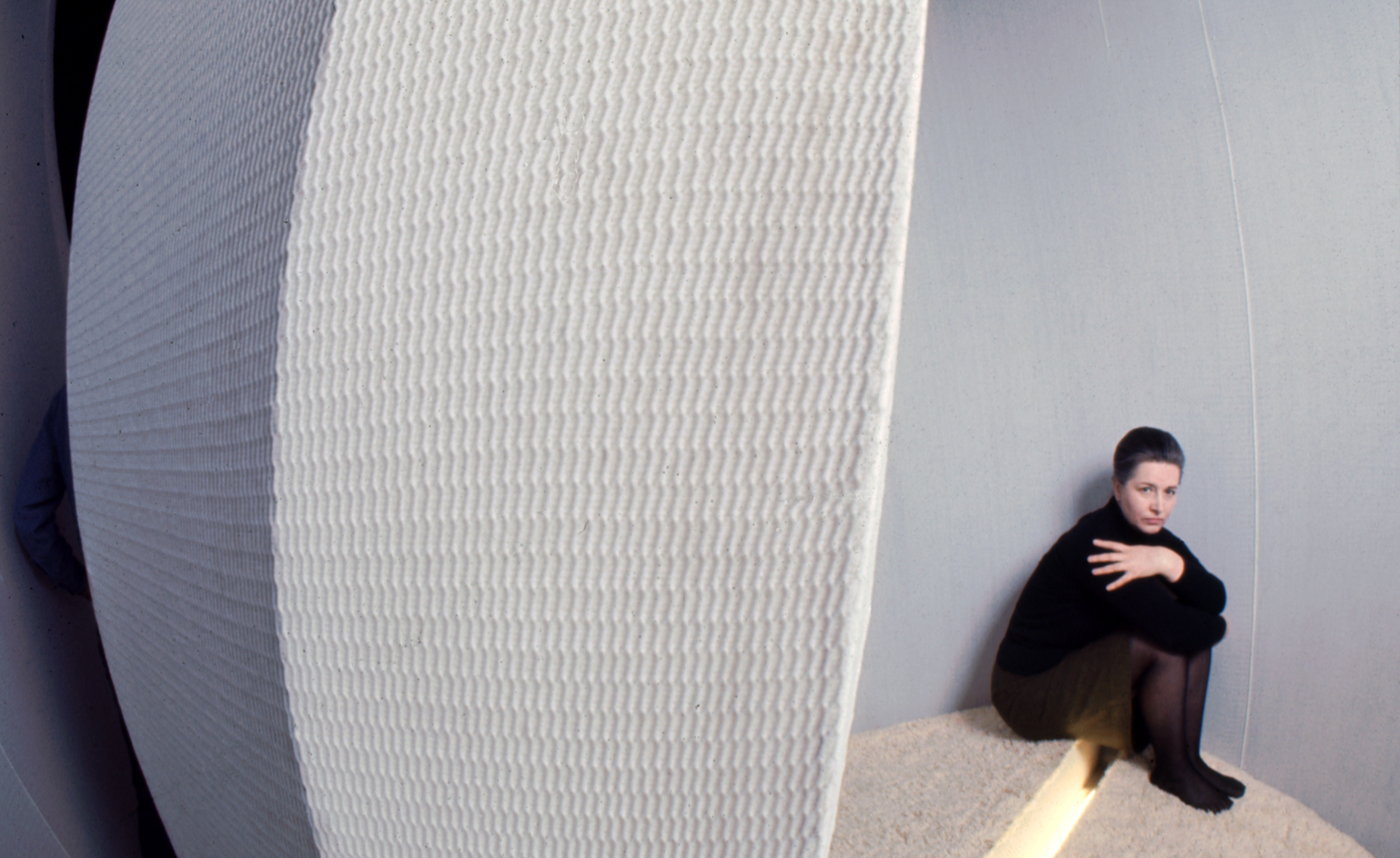 Architecture, sculpture and materials: female Lithuanian artists are celebrated in Nîmes
Architecture, sculpture and materials: female Lithuanian artists are celebrated in NîmesThe Carré d'Art in Nîmes, France, spotlights the work of Aleksandra Kasuba and Marija Olšauskaitė, as part of a nationwide celebration of Lithuanian culture
By Will Jennings
-
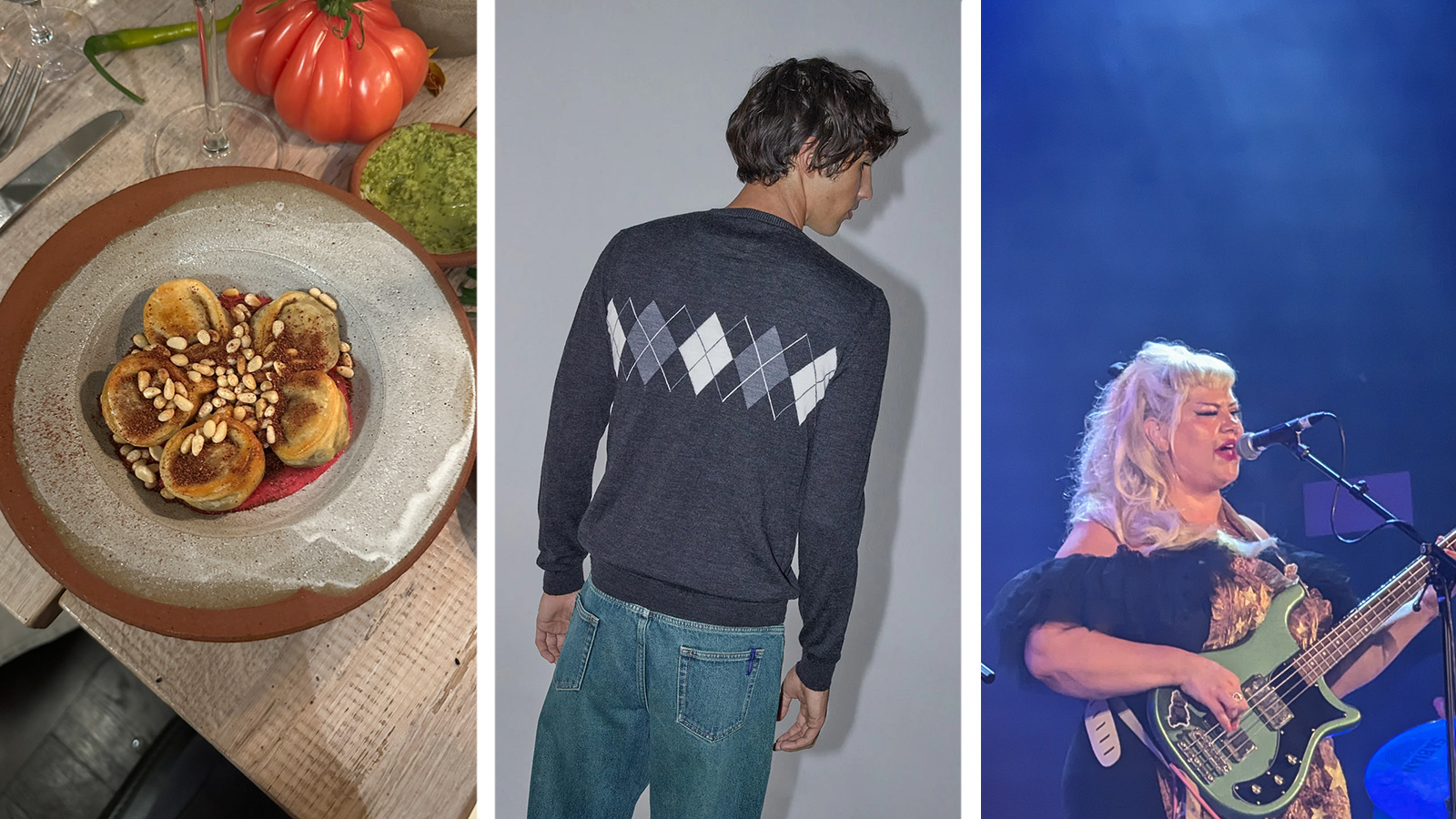 Out of office: what the Wallpaper* editors have been doing this week
Out of office: what the Wallpaper* editors have been doing this weekInvesting in quality knitwear, scouting a very special pair of earrings and dining with strangers are just some of the things keeping the Wallpaper* team occupied this week
By Bill Prince
-
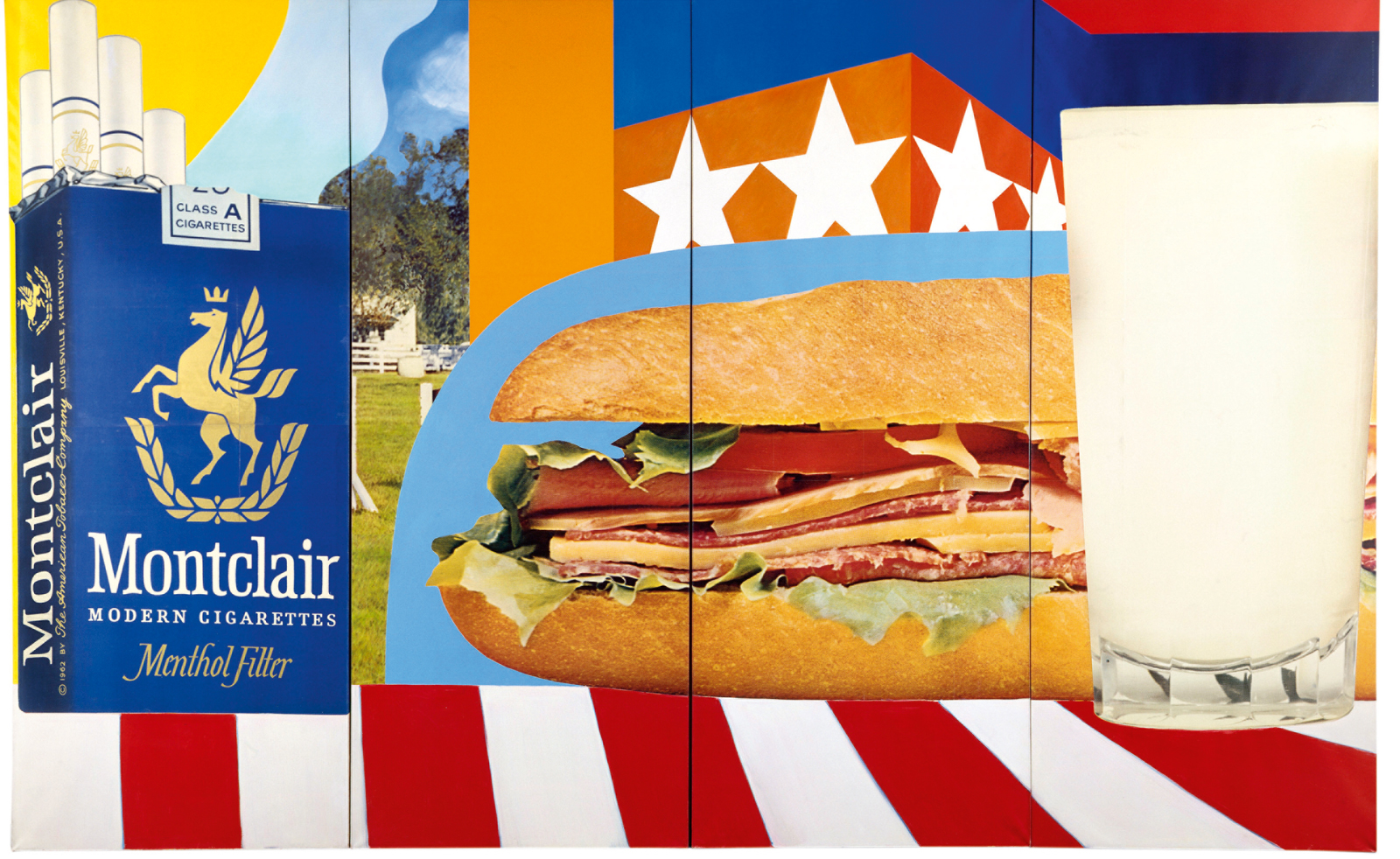 Tom Wesselmann’s enduring influence on pop art goes under the spotlight in Paris
Tom Wesselmann’s enduring influence on pop art goes under the spotlight in Paris‘Pop Forever, Tom Wesselmann &...’ is on view at Fondation Louis Vuitton in Paris until 24 February 2025
By Ann Binlot
-
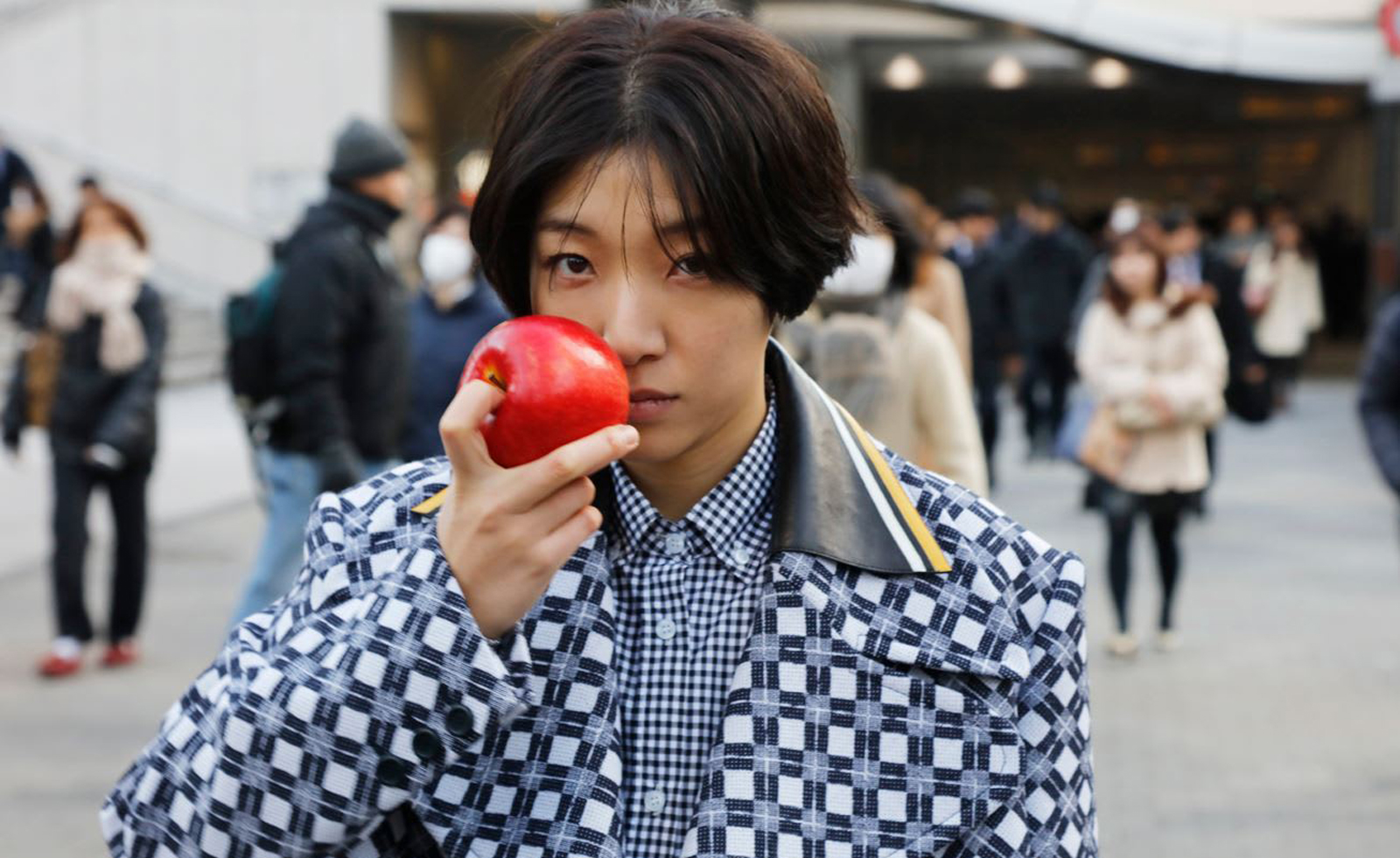 Miu Miu’s Women’s Tales film series comes to life for Art Basel Paris
Miu Miu’s Women’s Tales film series comes to life for Art Basel ParisIn ‘Tales & Tellers’, interdisciplinary artist Goshka Macuga brings Miu Miu’s Women’s Tales film series for Art Basel Paris to life for the public programme
By Amah-Rose Abrams